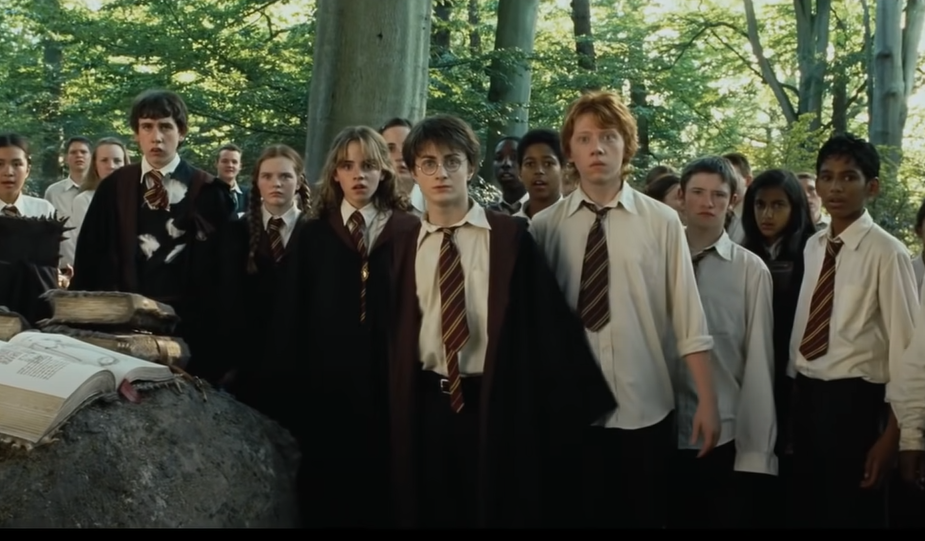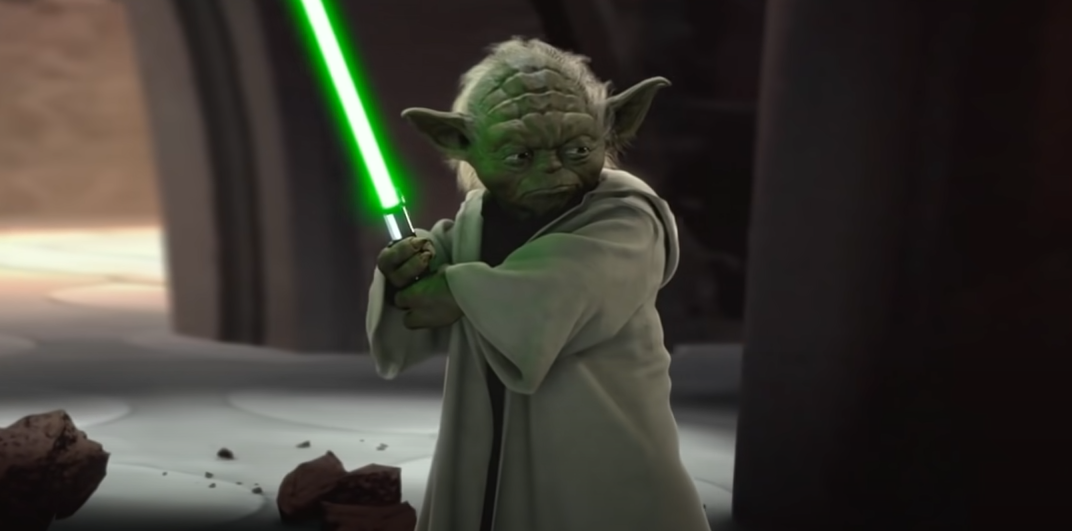
In the rapidly evolving digital age, the way we tell stories is constantly being reinvented. One such innovative storytelling strategy that has gained momentum in recent years is transmedia storytelling. This approach leverages multiple media platforms to provide an enriched, holistic experience to the audience, thereby offering more depth and dimensions to the narrative. This article will delve into some notable examples of transmedia storytelling.
1. The Marvel Cinematic Universe (MCU)
Since its inception in 2008 with “Iron Man,” the MCU has become a staple in the world of transmedia storytelling. Its strategy involves using a blend of multiple media to establish an interconnected world, with each story presenting a standalone narrative that feeds into a larger, overarching plot.
Media platforms used
- Film: The most notable platform. Includes blockbuster films like “Iron Man,” “The Avengers,” and “Guardians of the Galaxy.”;
- Television series: Shows such as “Agents of SHIELD,” “Agent Carter,” and streaming series like “WandaVision,” and “Loki” on Disney+;
- Comic Books: Traditional media form where Marvel characters were born. Provides supplementary stories;
- Video Games: “Marvel’s Spider-Man,” “Marvel’s Avengers,” and “Guardians of the Galaxy” let players explore the lives of characters in the MCU;
- Web Content: Blogs, websites, and social media channels offer additional tidbits and updates about the universe.
Narrative strategy
MCU’s unique narrative strategy includes both episodic and serialized storytelling. Each film or series can be consumed as a standalone product with its self-contained narrative. However, they also contribute to the broader MCU story arc. This overarching narrative, known as the ‘Infinity Saga’, culminated in “Avengers: Endgame”. But even after its conclusion, the stories continue in newer films and series, expanding the universe and its characters.
Engagement
The MCU’s transmedia approach has led to significant audience engagement. The comprehensive yet interconnected storytelling approach encourages fans to engage with every media platform to piece together the full story. The community-driven exploration of the narrative, evident in fan theories, discussions, and events, demonstrate the audience’s deep involvement with the franchise. Additionally, its narrative approach creates anticipation for future releases.
Success
In terms of commercial success, the MCU has been nothing short of a phenomenon. As of writing, it has generated over $22 billion in box office revenue globally, making it the highest-grossing film franchise of all time. The robust fanbase’s continued support for the franchise suggests that its transmedia storytelling approach significantly contributes to its success.
2. The Matrix Franchise

When discussing transmedia storytelling, “The Matrix” franchise is impossible to ignore. The Wachowskis introduced this concept well before it became a recognized storytelling strategy.
Media platforms used
- Film: The original Matrix trilogy (1999-2003);
- Animation: “The Animatrix,” a collection of nine animated short films set in the Matrix universe;
- Video Games: “Enter the Matrix,” “The Matrix: Path of Neo,” and “The Matrix Online,” which expanded the story;
- Comic Books: A series of comics further explored the franchise’s themes and narratives.
Narrative strategy
“The Matrix” franchise utilized transmedia storytelling to create a complex narrative world that went beyond the original film. “The Animatrix” provided backstories and explored historical events, filling in gaps left by the films. The video games added another interactive dimension to the narrative, giving players the chance to explore the universe actively.
Engagement
This multi-platform strategy made the Matrix franchise a rich, immersive experience. By encouraging viewers to delve deeper into the narrative and explore the story through multiple media, fans transformed from passive consumers to active participants in the narrative.
Success
The franchise’s groundbreaking use of transmedia storytelling has significantly contributed to its cult status. The franchise has grossed over $3 billion in revenue, proving the financial viability of transmedia storytelling.
3. J.K. Rowling’s Wizarding World

J.K. Rowling’s Wizarding World, with its cornerstone being the Harry Potter series, uses transmedia storytelling to an extraordinary degree.
Media platforms used
- Books: The original seven Harry Potter books and spin-offs like “Fantastic Beasts and Where to Find Them.”;
- Films: Eight Harry Potter films and the ongoing Fantastic Beasts series;
- Stage Play: “Harry Potter and The Cursed Child,” which serves as an official sequel to the original series;
- Theme Parks: The Wizarding World of Harry Potter at Universal Studios theme parks;
- Digital Platforms: Pottermore, now rebranded as Wizarding World Digital, offers a plethora of content, from new stories to quizzes.
Narrative strategy
Rowling’s narrative strategy is to create a vast, interconnected universe in her books, further expanded through various media platforms. For example, Pottermore offers character backstories, detailed descriptions of magical items and places, and additional lore that was not included in the original series.
Engagement
This transmedia approach effectively engaged audiences worldwide, fostering a strong sense of community among fans. This has resulted in Potterheads, as fans are affectionately known, organizing meetups, cosplays, fan-fiction writing, and much more.
Success
Rowling’s Wizarding World is one of the most financially successful franchises, with the Harry Potter film series alone grossing over $7.7 billion. This success is driven in large part by the comprehensive transmedia experience offered to fans.
4. Star Wars Franchise

George Lucas’s Star Wars franchise has been employing transmedia storytelling since the late 1970s, long before the term was coined.
Media platforms used
- Film: The nine-episode Skywalker saga, standalone films like “Rogue One” and “Solo.”;
- Television series: Animated series like “The Clone Wars” and live-action series like “The Mandalorian.”;
- Novels: Hundreds of novels expanding the Star Wars lore;
- Comic Books: Numerous comic series exploring various time periods in the Star Wars universe;
- Video Games: Titles like “Star Wars Jedi: Fallen Order” and “Star Wars: Knights of the Old Republic” contribute to the narrative;
- Merchandise: From action figures to clothing, Star Wars merchandise allows fans to take a piece of the universe home.
Narrative strategy
The Star Wars franchise operates on a strategy of transmedia storytelling where each platform offers a unique perspective. This includes the exploration of different characters, events, and mythology, enriching the overall understanding of the universe.
Engagement
The franchise’s transmedia storytelling strategy has fostered a passionate, dedicated fan base. With conventions, cosplays, fan-art, and fan-fiction, Star Wars fans are some of the most engaged in the world.
Success
With a total revenue of over $70 billion from films, merchandise, books, and games, Star Wars remains a resounding success. Its enduring popularity across decades speaks to the effectiveness of the transmedia storytelling approach.
Conclusion
Transmedia storytelling is an effective tool for modern storytellers. Examples like the MCU, The Matrix franchise, J.K. Rowling’s Wizarding World, and the Star Wars franchise demonstrate its power in creating rich, immersive narratives that foster deep audience engagement. As digital technologies continue to evolve, the possibilities for transmedia storytelling are boundless and exciting for the future.
FAQ
Transmedia storytelling is a narrative approach that uses multiple media platforms to tell a cohesive story. Each medium contributes uniquely to the overall narrative, enhancing the storyline and the audience’s engagement.
Transmedia storytelling creates an immersive, engaging experience for the audience. Different media allow for deeper exploration of the narrative, offering varied perspectives and layers to the story. This approach invites audiences to become active participants in the narrative rather than mere consumers.
Transmedia storytelling ensures that each platform contributes something unique to the narrative, while cross-media or multi-platform storytelling may retell the same story across different platforms without significant variation or depth.
Transmedia storytelling enables creators to extend their narratives and reach wider audiences. Different platforms offer varied entry points into the story, catering to diverse audience preferences and enhancing overall engagement. It also creates opportunities for monetization across platforms.
Implementing transmedia storytelling can be complex and costly. It requires careful planning to maintain narrative consistency across platforms. Moreover, collaborations across different platform holders or media companies might be challenging to coordinate.